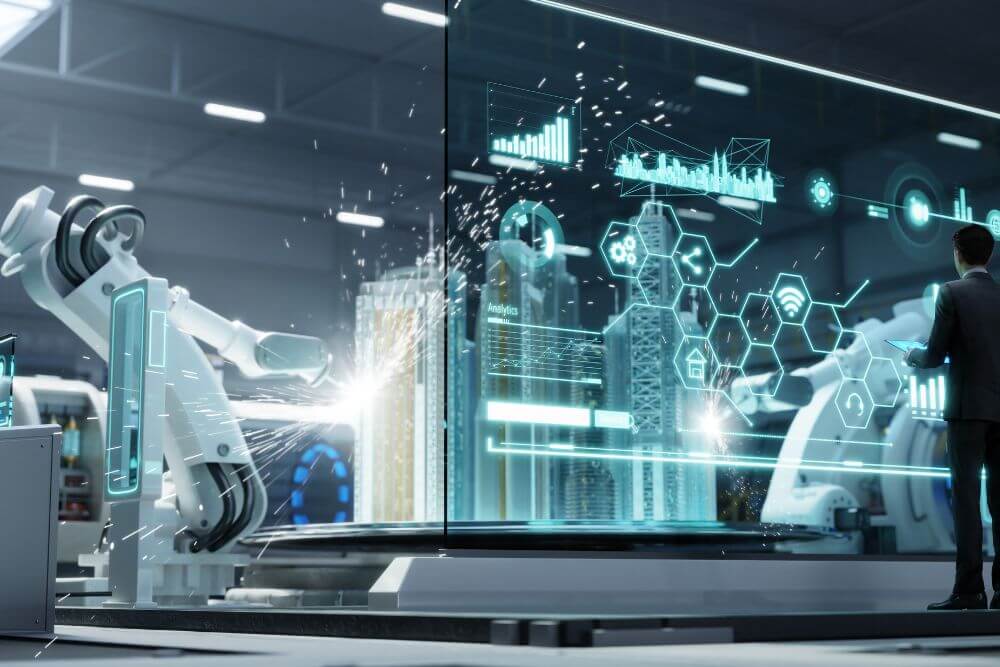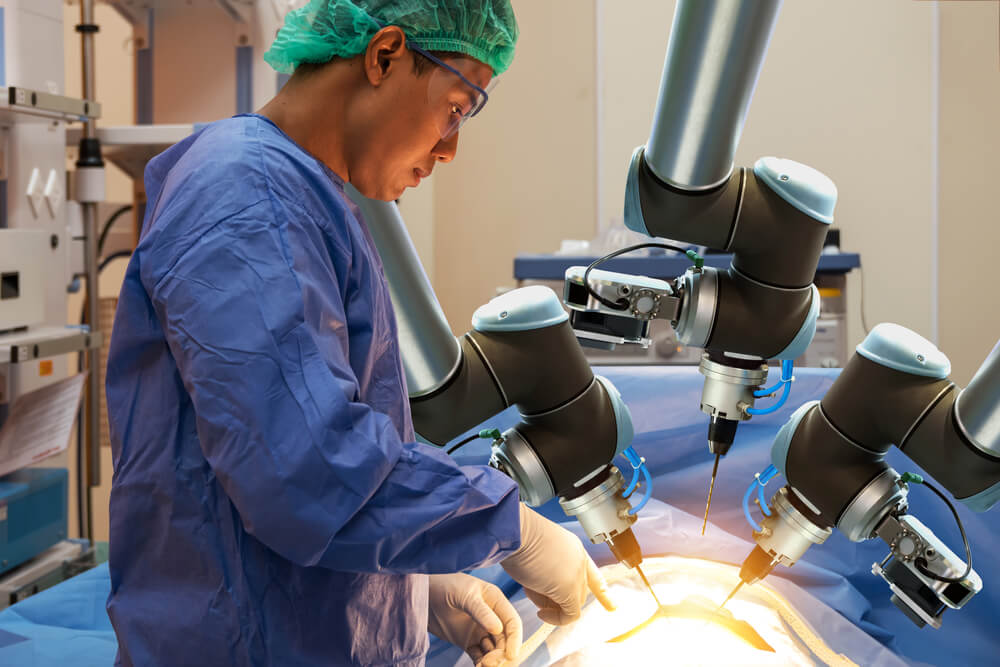Introduction to IoT and Product engineering services
In a world being increasingly shaped by tech, the intersection of IoT (Internet of Things) and product engineering services has surely emerged as a recent transformative force. Here’s decoding the intricacies and understanding the symbiotic relationship between IoT and product engineering services.
Understanding the IoT Landscape
The IoT landscape is a sprawling ecosystem of interconnected devices, enabling them to communicate and share data seamlessly. From smart homes to industrial applications, the scope of IoT is vast and ever-expanding. At its core, IoT empowers devices with the ability to collect and exchange data, fostering a new era of efficiency and intelligence.
The Role of Product Engineering Services
Enter product engineering services, the architects behind the scenes. These services play a pivotal role in bringing IoT concepts to life. Product engineering involves the entire product development lifecycle — from conceptualization to design, development, testing, and deployment. In the context of IoT, it means crafting interconnected systems that are not just functional but also scalable, secure, and user-friendly.
Key Components of IoT Product Engineering
Sensors and Connectivity
: IoT devices rely on sensors to gather data. Product engineers must choose and integrate sensors wisely, considering factors like accuracy, power consumption, and connectivity protocols.
Data Management and Analytics
: Handling the influx of data generated by IoT devices is a significant challenge. Product engineering services incorporate robust data management and analytics solutions to derive meaningful insights from the vast pool of information.
Security
: With the surge in connected devices, security is paramount. Product engineers implement stringent security measures to protect data integrity and user privacy, safeguarding against potential cyber threats.
Scalability and Interoperability:
As IoT ecosystems grow, scalability becomes crucial. Product engineering services design systems that can seamlessly scale with the increasing number of connected devices while ensuring interoperability across different platforms.
Industries Transformed by IoT and Product Engineering
- Healthcare: IoT-enabled medical devices enhance patient care by providing real-time monitoring and data-driven insights, while product engineering ensures the reliability and security of these devices.
- Smart Cities: From intelligent traffic management to waste management, IoT and product engineering collaborate to create smart city solutions that enhance efficiency and sustainability.
- Manufacturing: Industrial IoT revolutionizes manufacturing processes, optimizing production, minimizing downtime, and improving overall efficiency through product engineering interventions.
Challenges and Future Trends
Despite its promises, the IoT landscape faces challenges such as data privacy concerns, interoperability issues, and the need for standardized protocols. Looking ahead, trends like edge computing, 5G integration, and AI-driven analytics are set to reshape the IoT-product engineering landscape, opening new frontiers for innovation.
Overcoming Challenges: Data Privacy and Security
One of the critical challenges in the IoT-product engineering marriage is ensuring the privacy and security of data. As devices exchange sensitive information, product engineers implement encryption protocols, secure authentication methods, and regular security updates to fortify the IoT ecosystem against potential cyber threats. Striking the right balance between data accessibility and security remains a perpetual focus.
Real-world Applications of IoT and Product Engineering
- Retail: IoT and product engineering collaborate to create personalized shopping experiences. Smart shelves, inventory tracking, and predictive analytics enhance efficiency and customer satisfaction.
- Agriculture: Precision farming leverages IoT devices like sensors and drones to monitor crop health, soil conditions, and weather patterns. Product engineering ensures these systems operate seamlessly in challenging agricultural environments.
- Energy Management: Smart grids and IoT-enabled devices optimize energy consumption, reducing waste and fostering sustainability. Product engineers contribute by designing robust systems that adapt to fluctuating energy demands.
Addressing The Human Element: User Experience and Interaction
Beyond the technical complexities, successful IoT and product engineering solutions prioritize the human experience. User interfaces must be intuitive, and interactions seamless. Product engineers collaborate with UX/UI designers to create products that seamlessly integrate into users’ lives, making technology more accessible and user-friendly.
The Evolving Role of AI in IoT
Artificial Intelligence (AI) is a transformative force within the IoT landscape. Machine learning algorithms analyze vast datasets, allowing devices to learn and adapt over time. This synergy of AI and IoT, facilitated by product engineering services, opens avenues for predictive maintenance, autonomous decision-making, and enhanced user experiences.
Regulatory Landscape and Standards
As IoT becomes more ingrained in our daily lives, regulatory frameworks and standards are evolving to address concerns related to data privacy and interoperability. Product engineering services play a vital role in adhering to these regulations, ensuring that IoT solutions are not only innovative but also compliant with global and industry-specific standards.
Future Horizons: Edge Computing and 5G Integration
The future of IoT and product engineering is intrinsically linked to edge computing and 5G technology. Edge computing reduces latency by processing data closer to the source, enhancing real-time responsiveness. 5G integration provides faster and more reliable connectivity, unlocking new possibilities for applications like augmented reality and autonomous vehicles.
Parting Thoughts – Journey into Tomorrow
In the IoT landscape and product engineering services, the journey into tomorrow is synonymous with innovation, challenges, and a relentless pursuit of enhancing human experiences. And as we continue to push the boundaries of what is possible, the collaboration between IoT and product engineering still remains at the forefront, driving the digital transformation that shapes the world around us. From smart homes to connected industries, the impact is a profound gateway to unlocking the full potential of the digital age we’re in.



